A brief look at 7 arts and crafts in Iran
"Iranian culture" is one of the richest and most diverse collections of cultural heritage. As a result, buying handicrafts helps to preserve this precious heritage. Cloak weaving, Iranian miniatures, pottery, architecture, music, calligraphy, inlay, glass enamel and wood inlay are examples of Iranian arts and crafts.
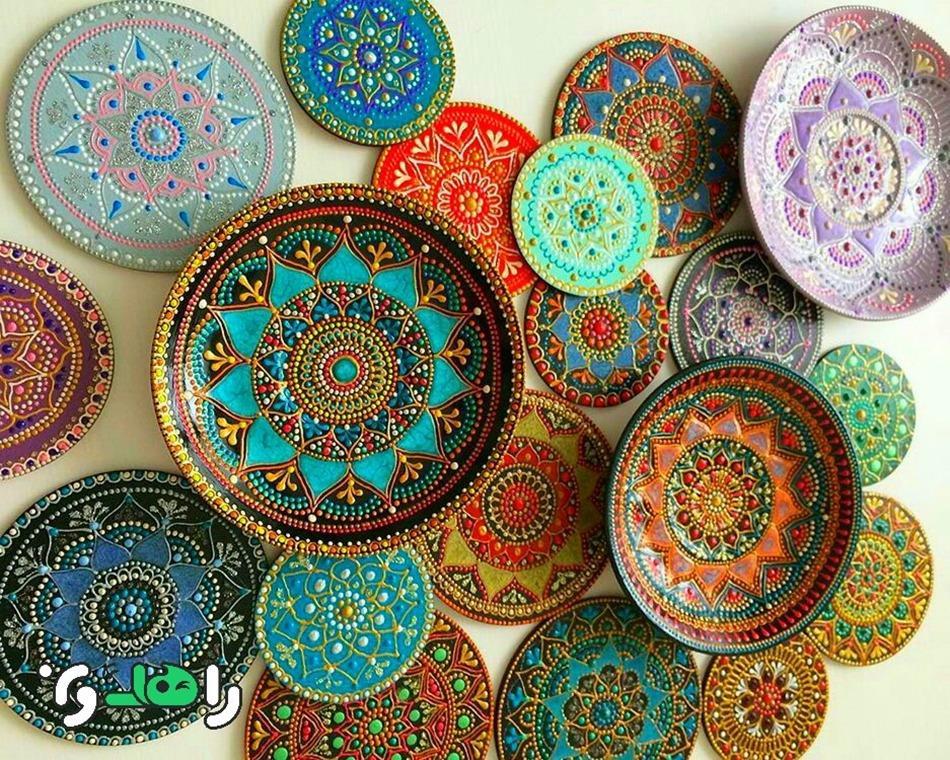
Handicrafts are usually used in cities and villages. There is no need for new technologies and they mostly rely on local and traditional expertise. Handicrafts are both consumer goods, art produced with vision, thought and culture, which is collectively called craft art.
1. Carpet weaving
Iran is the birthplace of carpet weaving. The discovery of Pazyrik - the oldest carpet - in the mountains of Siberia and its similarity to Persepolis led researchers to the fact that it is an ancient art in Iran.
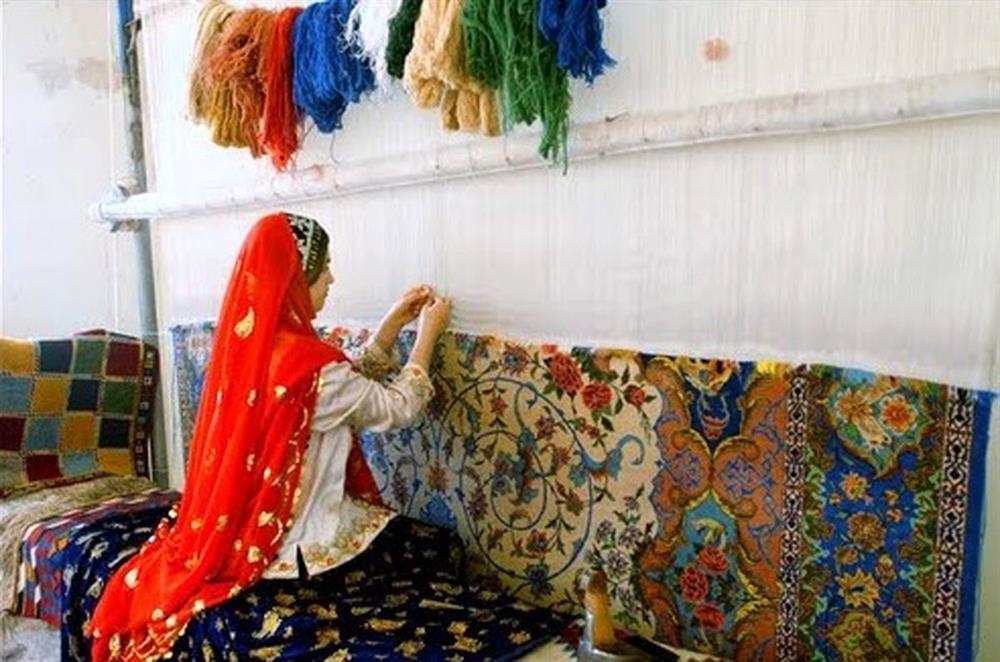
Carpets that are woven in cities and regional centers such as Tabriz, Kerman, Mashhad, Kashan, Isfahan, Nayin and Qom are characterized by special weaving techniques and the use of quality materials, colors and patterns. Urban factories like Tabriz have played an important historical role in reviving the tradition of carpet weaving after periods of decline.
The carpets woven by different villages and tribes of Iran are distinguished by their fine wool, bright and elaborate colors, and their special and traditional patterns. Nomadic weavers and small villages often produce carpets with bolder and sometimes larger designs, which, unlike the artistic and pre-designed designs of larger workshops, are among the most authentic and traditional carpets in Iran. Gebeh carpet is the most well-known type of carpet from this line of tradition.
2. Iranian miniature
The best-known and most valuable examples of Iranian pictorial art can be found in manuscripts called Iranian miniatures. In Iranian miniature, the designs are not similar to the real world. Near views are at the bottom and far views are at the top, neither of which are full face.
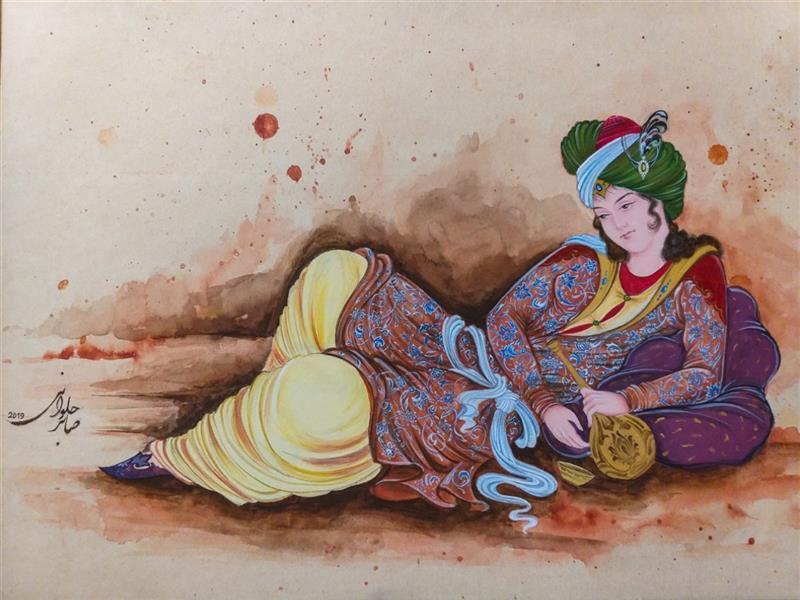
3. Pottery
This industry is making ceramic materials into pots or pottery using mud. Clay is the most desirable soil used in this industry. Today, pottery is made in most cities of Iran, such as Gonabad, Laljin in Hamadan, Meibod in Yazd, Shah Reza in Isfahan, Zanwar in Erbijan, Kalpurgan in Sistan Baluchistan, Joibar in Mazandaran and Siahkal in Gilan.

4. Architecture:
Iranian architecture dates back to the 7th millennium BC. This art has been developed for various reasons, especially religious reasons. Iranian culture has a special value compared to the architecture of other countries of the world. Features such as proper mapping, accurate mathematical calculations, compliance with technical and scientific issues in the building, high terraces, high columns and finally various designs that each introduce the glory of Iranian architecture.
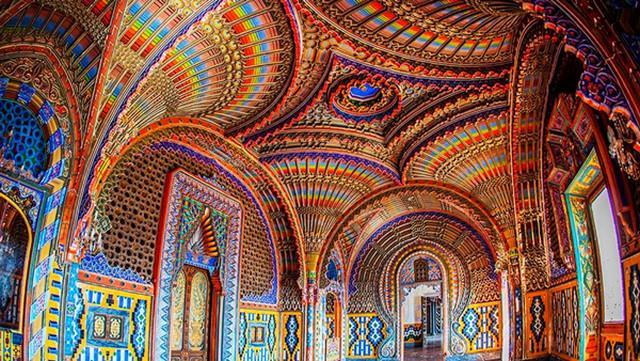
5. Music
Iranian music has been popular among the people of Iran since a thousand years before Christ, and the most pleasant, easy and comprehensible music is available today. A large part of Central Asia, Afghanistan, Pakistan, Azerbaijan, Armenia, Turkey and Greece are influenced by this music. Barbad and Nakissa are musicians of ancient Iran.
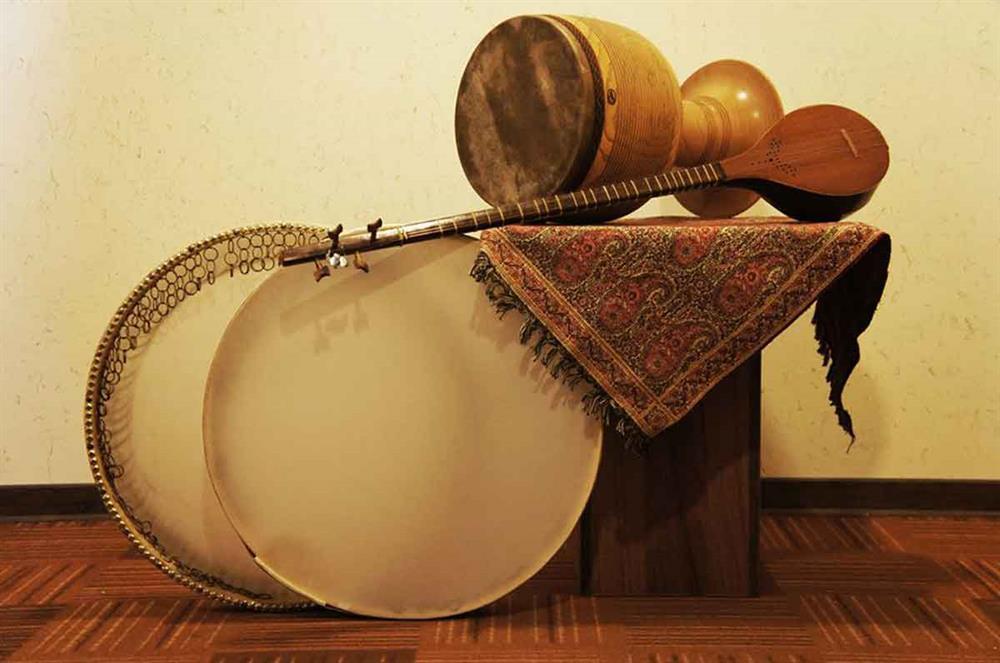
6. Calligraphy
Calligraphy exists almost everywhere, but in the East, the Islamic lands and Iran are at the top of the visual arts. Islamic calligraphy and Iranian calligraphy is an amazing balance of its elements and parts. balance between utility and mobility; The balance between the frame and the background that can make a suitable form for different meanings.
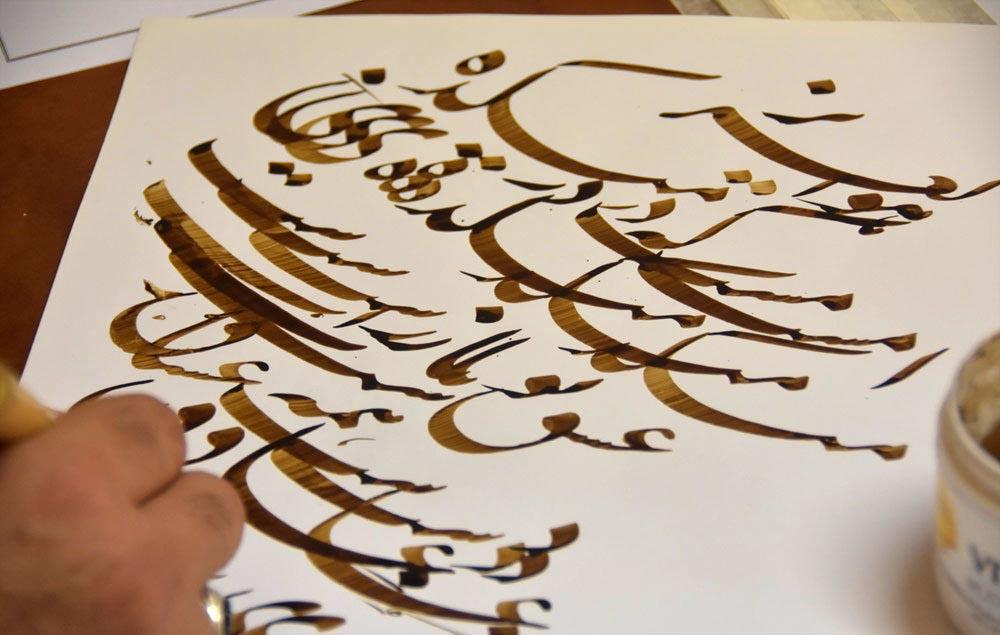
7. Khatam work
Khatam is a systematic polygon with different number of views, which is made of different materials in different colors. Five, six, seven, eight or ten sides. Various types of wood, bone, some metals and also shells are the main materials used in Khatamkari. We do not know where exactly this art originated and there are many legends about its history.